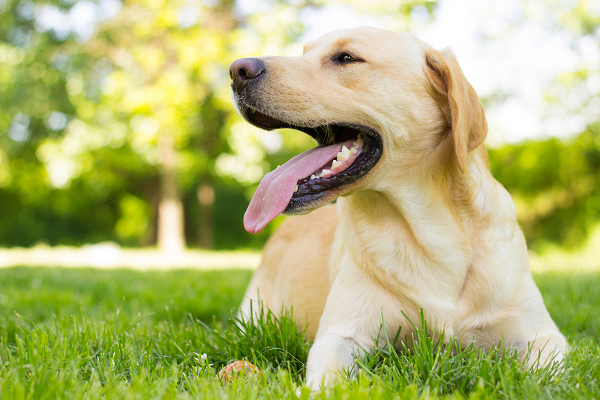Summertime brings so many fun outdoor activities that your pets can enjoy with you. It’s essential to keep pets safe, though, particularly with the extreme temperatures some areas are experiencing recently. Here are ten tips for keeping your animal companions safe and comfortable this summer, wherever your adventures may take you.
- Never leave your pet in a hot car. The most common cause of heatstroke for pets is being left in a car on a warm day. Animals should never be left unattended in a car during the summer months, even with the windows down. Parked cars can quickly reach deadly temperatures, even in the shade and with windows open. It only takes a few moments for a pet’s body temperature to rise dramatically and put their safety at risk.
- Provide plenty of drinking water and shade. Leaving a pet outside on a hot day, without access to shade or water, is another leading cause of heatstroke and dehydration. Always make sure your pet has some shade to escape the sun outside, and always supply lots of fresh, cool drinking water. Don’t rely on doghouses as a source of shade as most have no airflow making doghouses heat traps on warm summer days. Remember to bring bottles of water on walks and outings as well. On days when it is too hot for you to be outside, it’s probably also too hot for your pet. Keep them in a cool, air-conditioned space on those scorching days.
- Be aware of hot asphalt and other surfaces. Don’t walk your dog during the hottest part of the day – usually between 11 am and 4 pm. Instead, opt for cooler times, like early morning and evening, when the sun isn’t directly overhead. Hot asphalt and cement can hurt a dog’s paws. To protect your pet’s paws, try to choose routes like gravel or woodchip paths or even dirt roads.
- Don’t assume your pet can swim. Not all dogs like the water or are natural swimmers. If it’s your dog’s first summer near water, take it slow, and don’t force or throw them into the water. Let them take it at their own pace. Most cats will avoid water, although they are usually natural swimmers.
- Get a life jacket. Even if your dog can swim, ensure you have a life jacket for them if you’re going boating, canoeing, or doing any other water activities requiring a human to have a life jacket. In an accident, your dog may be injured, unable to swim, or too far away from shore to swim safely. A life jacket will save their life in these situations.
- Slather on the sunscreen. Believe it or not, dogs and cats get sunburned, and skin cancer is the most common cancer in dogs. Animals that are white or light-colored, or hairless are especially at risk. Apply a specially-formulated pet sunscreen to delicate, exposed areas like bellies and noses if they’re going to be spending time outside or if they love to sunbathe.
- Keep them restrained. In new outdoor environments, whether it’s a hike, camping trip, or the cottage, keep your pet on a leash until they have looked around and you’re sure it’s a safe environment. It can be dangerous if they get too close to a road or if they choose to tangle with the wrong wild animal.
- Protect your pet from ticks, fleas, and mosquitos. Campsites, hiking trails, and other outdoor areas can all harbor ticks, fleas, and mosquitos looking for their next meal. Make sure your pet is up-to-date on their preventative medications, and if you will be in mosquito or fly-infested areas, consider getting an insect repellant made especially for pets. Never use any repellant that contains DEET on animals.
- Be mindful of fire safety. Summer brings fire-related activities like barbecues and campfires. Keep your dog on a leash and away from open flames; do not let them try to retrieve sticks from a fire or grab food off a barbecue.
- Watch what your dog eats. Some things, like watermelon, make great summertime treats for your dog, but others, like chocolate ice cream, can be toxic. Be aware of what foods can be dangerous to your pet, and make sure to avoid them.
Help your pet enjoy the delights of summer without the risks. With a bit of extra care, you can make sure your pet has a safe, healthy, and enjoyable season – now and for years to come.
LifeLearn News
Note: This article, written by LifeLearn Animal Health (LifeLearn Inc.), is licensed to this practice for the personal use of our clients. Any copying, printing, or further distribution is prohibited without the express written permission of Lifelearn. Please note that the news presented here is NOT a substitute for a proper consultation and/or clinical examination of your pet by a veterinarian.

